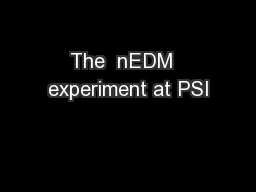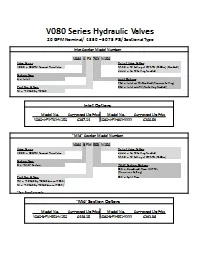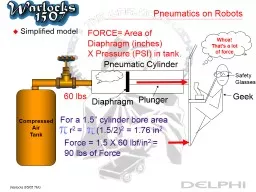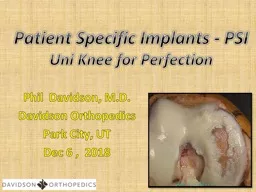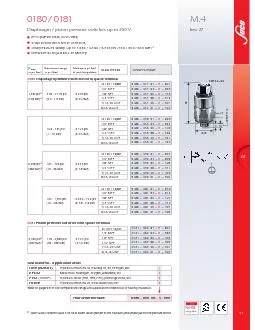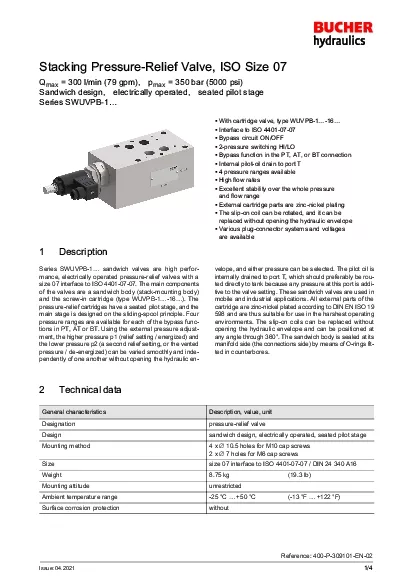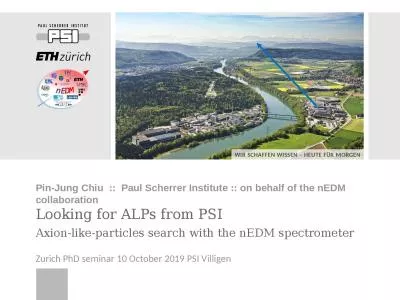PPT-The nEDM experiment at PSI
Author : jane-oiler | Published Date : 2018-02-19
1 Guillaume Pignol LPSC Grenoble IN2P3 scientific council 24102013 1 Physics motivations 2 Status of the PSI UCN source 3 Status of the running EDM experiment
Presentation Embed Code
Download Presentation
Download Presentation The PPT/PDF document "The nEDM experiment at PSI" is the property of its rightful owner. Permission is granted to download and print the materials on this website for personal, non-commercial use only, and to display it on your personal computer provided you do not modify the materials and that you retain all copyright notices contained in the materials. By downloading content from our website, you accept the terms of this agreement.
The nEDM experiment at PSI: Transcript
Download Rules Of Document
"The nEDM experiment at PSI"The content belongs to its owner. You may download and print it for personal use, without modification, and keep all copyright notices. By downloading, you agree to these terms.
Related Documents

